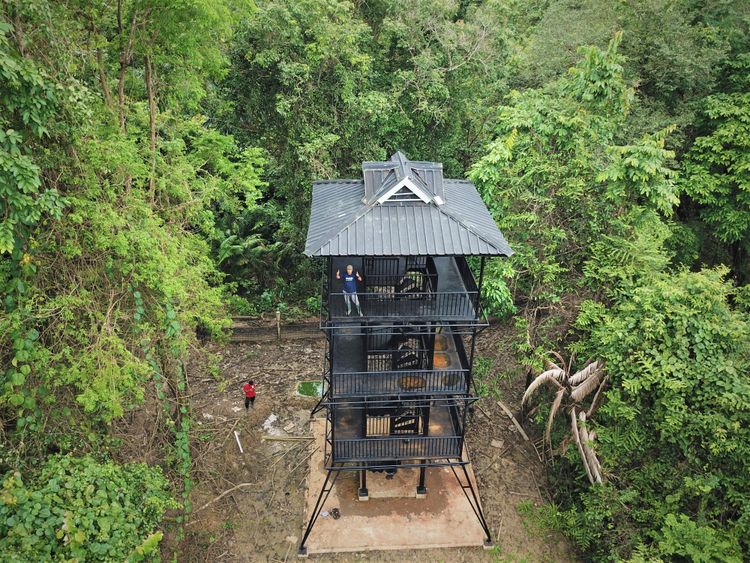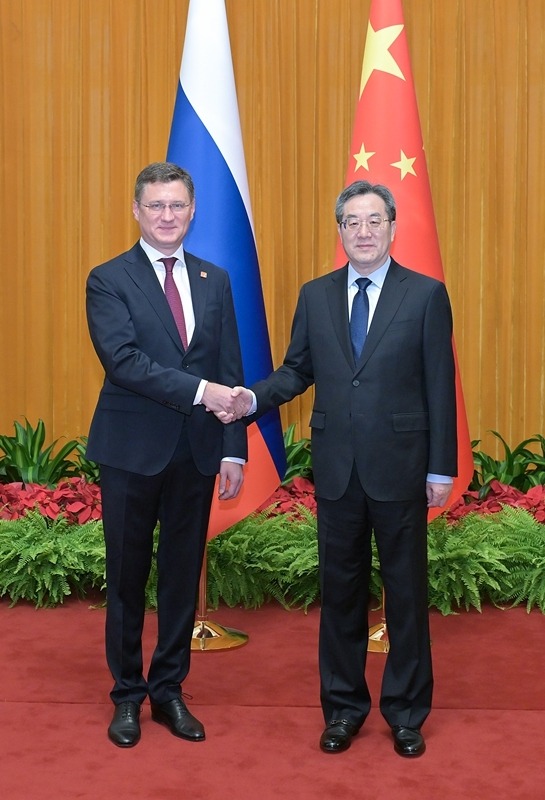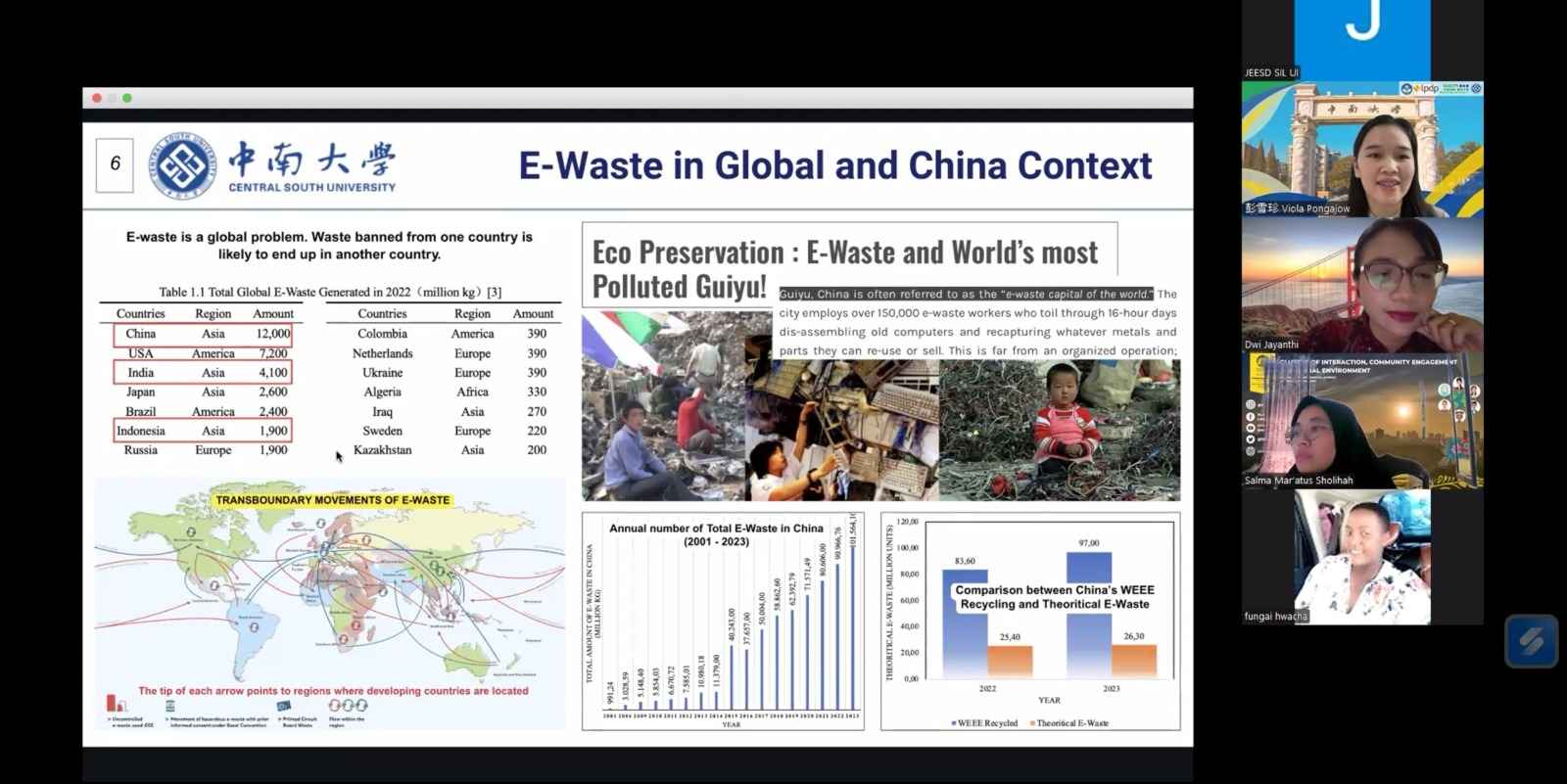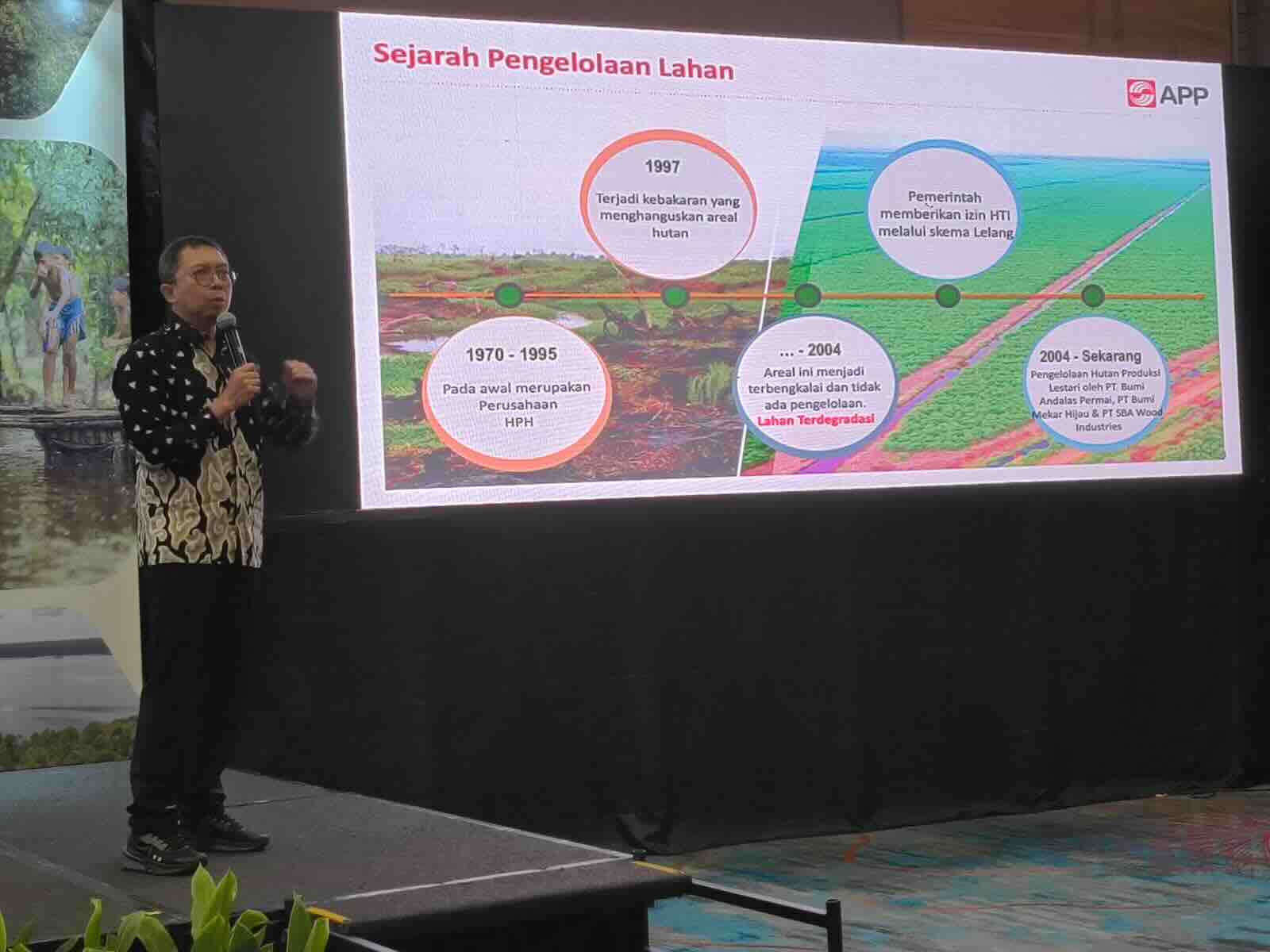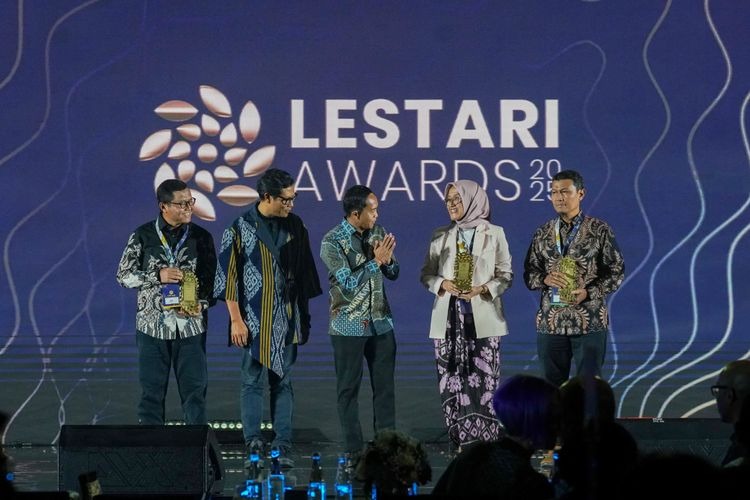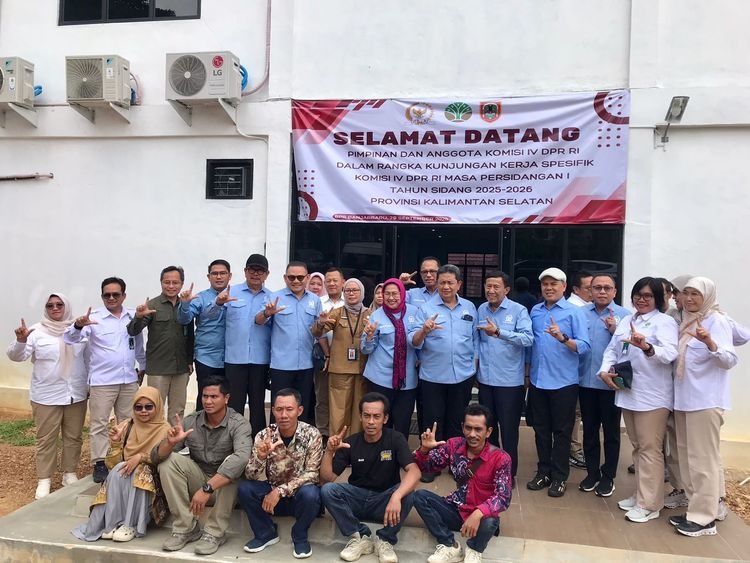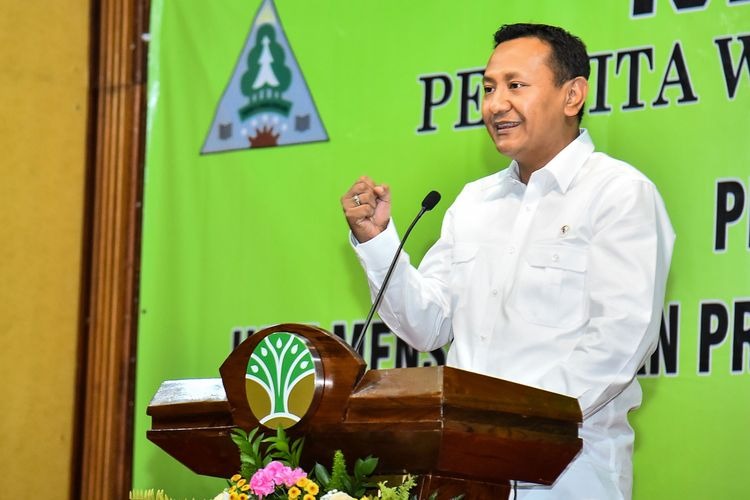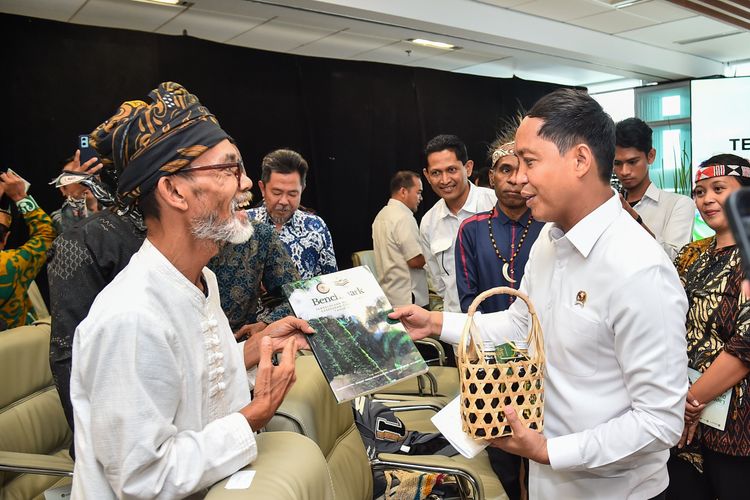Enviro News Asai, Jakarta – The Ujung Kulon National Park Authority (TNUK) has clarified that the translocation of the critically endangered Javan rhinoceros to the Javan Rhino Study and Conservation Area (JRSCA) does not involve moving the animals outside their natural environment. This process involves relocating individual rhinos from the Ujung Kulon peninsula to an ecologically prepared and secure location within the same park.
According to Ardi Andono, Head of TNUK, the “Merah Putih” Javan Rhino translocation operation relocates the rhinos only within the boundaries of TNUK. JRSCA, situated inside the park, was monitored to host six rhinos as of 2019. The area is not an artificial habitat but remains a natural environment managed with fencing to enhance safety, monitoring, and increase opportunities for reproduction.
The fenced JRSCA, spanning 5,100 hectares, serves as a secondary population zone designed to support the growth of a healthier and sustainable Javan rhino population. The fences were constructed gradually from 2010 through 2022 to minimize external threats while fostering natural mating by allowing adult male and female rhinos to encounter each other.
Within JRSCA, the 40-hectare paddock is divided into four 10-hectare compartments, along with an additional 25-hectare development paddock aimed at population management. This carefully managed habitat supports the conservation strategy aimed at increasing the species’ numbers.
Ardi emphasized the importance of public understanding and support for the translocation program, clarifying that the initiative aims to protect rhinos in their native habitat with improved management, not to confine or relocate them outside the park.
The Ujung Kulon National Park Authority hopes the broader community will back this conservation effort, recognizing that the program’s success is vital for securing the future of Indonesia’s iconic Javan rhinoceros in its natural environment. (*)




